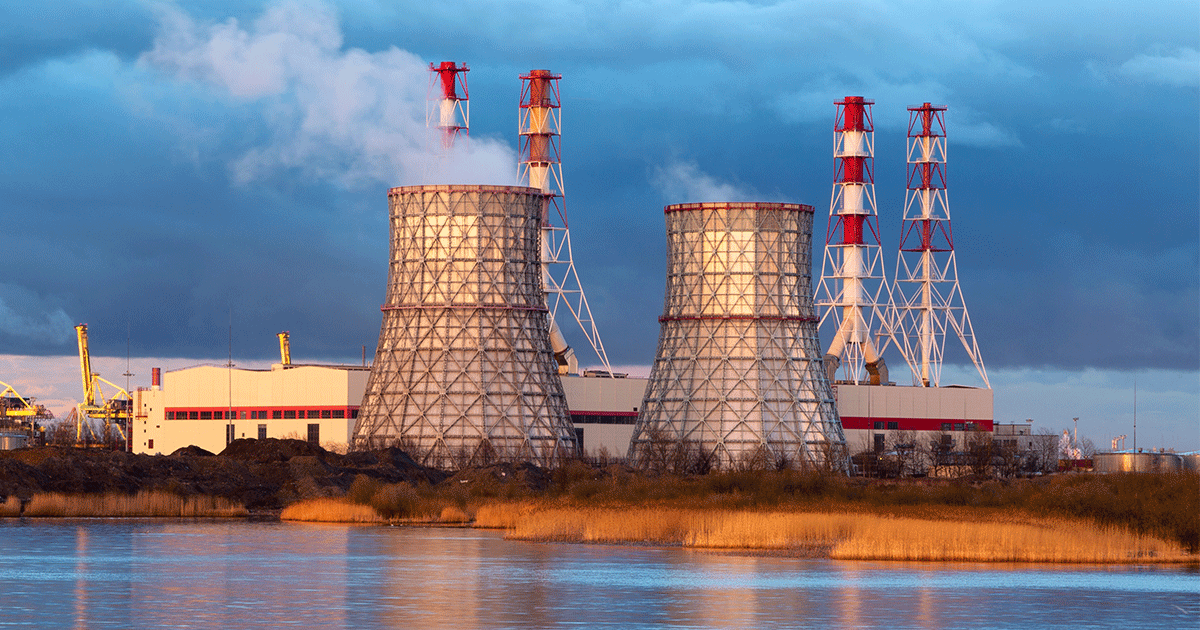Topic Menu
► Topic MenuTopic Editors

Thermal Energy Transfer and Storage

Topic Information
Dear Colleagues,
The energy crisis, environmental deterioration, and global greenhouse effect have become increasingly more serious in recent decades, leading to rapid-growing demand for the utilization of renewable energy. Currently, their transience and intermittency have been concerns affecting further development and commercialization on device levels. Therefore, thermal energy storage has been widely used to provide a reliable thermal performance and stable power production. There are three kinds of TES technologies, including sensible heat storage (SHS), latent heat storage (LHS), and thermochemical heat storage (TCHS). In recent years, various scholars have placed emphasis on the improvement of energy storage tanks, including novel structures and composite PCM by installing fins and adding high thermal conductivity materials. Thus, we are committed to providing a platform for high-quality papers in the field of thermal energy storage. This issue focuses on fundamental and applied research which could help to augment charging/discharging performance of thermal energy storage.
Prof. Dr. Xiaohu Yang
Prof. Dr. Kamel Hooman
Topic Editors
Keywords
- renewable energy
- sensible heat storage
- latent heat storage
- thermochemical heat storage
- solid–liquid heat transfer
- finned tube
- metal foam
- nanoparticles
Participating Journals
| Journal Name | Impact Factor | CiteScore | Launched Year | First Decision (median) | APC | |
|---|---|---|---|---|---|---|

Designs
|
- | 3.9 | 2017 | 15.2 Days | CHF 1600 | Submit |

Energies
|
3.0 | 6.2 | 2008 | 17.5 Days | CHF 2600 | Submit |

Materials
|
3.1 | 5.8 | 2008 | 15.5 Days | CHF 2600 | Submit |

Nanomaterials
|
4.4 | 8.5 | 2010 | 13.8 Days | CHF 2900 | Submit |

Sustainability
|
3.3 | 6.8 | 2009 | 20 Days | CHF 2400 | Submit |

MDPI Topics is cooperating with Preprints.org and has built a direct connection between MDPI journals and Preprints.org. Authors are encouraged to enjoy the benefits by posting a preprint at Preprints.org prior to publication:
- Immediately share your ideas ahead of publication and establish your research priority;
- Protect your idea from being stolen with this time-stamped preprint article;
- Enhance the exposure and impact of your research;
- Receive feedback from your peers in advance;
- Have it indexed in Web of Science (Preprint Citation Index), Google Scholar, Crossref, SHARE, PrePubMed, Scilit and Europe PMC.

